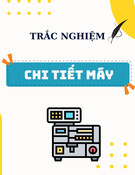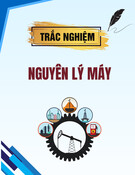
BINH DINH PROVINCE PEOPLE‘S COMMITTEE
QUY NHON COLLEGE OF ENGINEERING AND TECHNOLOGY
COURSEBOOK
SUBJECT: ENGLISH FOR SPECIFIC PURPOSES
MAJOR : MACHINERY FABRICATION
LEVEL : COLLEGE
Issued with Decision No.: 99 /QĐ-CĐKTCNQN dated 14 month 3 year 2018
Binh Dinh, 2018

STATEMENT OF AUTHORSHIP
As a book specially used in technical colleges, this coursebook can be copied
partially or completely for the purposes of education and training. No part of the book
is used for other purposes.
2

INTRODUCTION
English for Machinery Fabrication is a coursebook of English for Specific
Purposes (ESP) designed to develop the English skills and basic knowledge in
Machinery Fabrication for technical students who will work in the field after they have
completed 120 hours of Basic English. This coursebook of English for Machinery
Fabrication is one of the coursebooks for the subjects compiled in accordance with the
curriculum approved by Vietnamese Directorate of Vocational Education and Training.
The content of the book is not only short but also concise and easy for the learners to
understand, knowledge and skills are integrated and logic is included.
The most important aim of the coursebook is to help students develop the ability to
deal with the concepts used in technical texts and the practical skills are acquired. The
coursebook consists of eight Units which can be completed in 90 hours. The Units are
organized around the various topics used in Machinery Fabrication field. The skills are
introduced as they are related to the topic. Each Unit in the book is divided into
different sections, as follows:
1. Introduction denotes a general information about the skills that students are
required to gain.
2. Relevant knowledge provides the students with knowledge relevant to the skills
they aim to achieve.
3. Objectives and Learning Outcomes shows what students will be able to do by the
end of the lesson.
4. Order of Steps indicates the procedure the students should follow to achieve the
skills.
5. Practice offers the students a number of tasks to practice so that they can acquire
the new skills.
6. Consolidation and Testing: the student’s knowledge and skills can be enhanced
with the Consolidation and Testing that is extremely accurate evaluation.
The coursebook is designed by a teacher of English at Quy Nhon College of
Engineering and Technology – Ms. Nguyen Thi Thanh Nga. She has Master’s Degree
in the English language. She has a lot of experience in teaching English in general and
English for Specific Purposes (ESP) in particular. She has experience in designing
materials for different courses and participating in many foreign projects as a
translator/ interpreter/ secretary. The helpful contributing ideas from the other English
teachers are highly appreciated as well.
We sincerely thank the teachers of Quy Nhon College of Engineering and
Technology, especially the teachers of faculty of Mechanical Engineering who have
been enthusiastic to help us fulfil the book.
During the compilation, we have strived for making a complete coursebook, but
certainly there are some unavoidable mistakes, so we hope to obtain the useful
comments of teachers, students and readers.
Author
Nguyen Thi Thanh Nga
3

TABLE OF CONTENTS
Introduction
Unit 1: READING FOR SPECIFIC INFORMATION ABOUT
FABRICATION MACHINES AND TOOLS
Unit 2: DESCRIBING ENGINEERING MATERIALS
Unit 3: DEFINING TECHNICAL TERMS OF MEASURING
INSTRUMENTS
Unit 4: READING FOR SPECIFIC INFORMATION ABOUT JOINING
METHOD
Unit 5: READING FOR SPECIFIC INFORMATION ABOUT SAFETY
SIGNS AND PERSONAL SAFETY AT WORK
Unit 6: READING FOR SPECIFIC INFORMATION ABOUT DETAIL
DRAWINGS (STEEL CONSTRUCTION)
Unit 7: READING FOR SPECIFIC INFORMATION ABOUT MARKING
PROCEDURE
Unit 8: READING FOR SPECIFIC INFORMATION ABOUT CUTTING
PROCEDURE
Reference material
4

LIST OF FIGURES AND TABLES
Fig.1. ............................................................................................................... page 11
Fig.2. ............................................................................................................... page 21
Fig.3................................................................................................................. page 33
Fig.4................................................................................................................. page 35
Fig.5. ................................................................................................................ page 38
Fig.6. ................................................................................................................ page 39
Fig.7. ................................................................................................................ page 41
Fig.8. ................................................................................................................ page 42
Fig.9. ................................................................................................................ page 44
Fig.10. .............................................................................................................. page 45
Fig.11. .............................................................................................................. page 53
Fig.12. .............................................................................................................. page 53
5

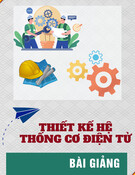

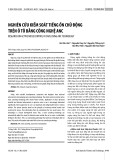

![Bài giảng Thiết kế tính toán ô tô [mới nhất]](https://cdn.tailieu.vn/images/document/thumbnail/2025/20250428/vihizuzen/135x160/6071745803831.jpg)
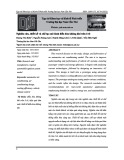
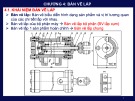

![Gậy Dẫn Đường Thông Minh Cho Người Khiếm Thị: [Ưu điểm/Tính năng/Kinh nghiệm chọn mua]](https://cdn.tailieu.vn/images/document/thumbnail/2025/20250422/gaupanda088/135x160/6991745286495.jpg)

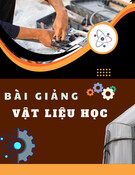
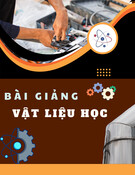
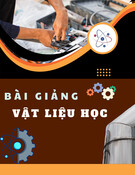
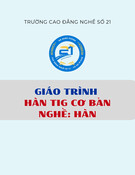
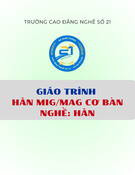
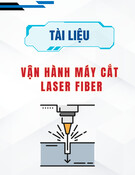
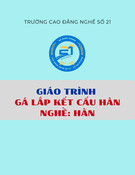
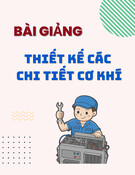
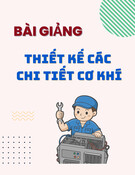
![Bài tập môn Cơ sở thiết kế máy [năm] [mới nhất]](https://cdn.tailieu.vn/images/document/thumbnail/2025/20251008/ltgaming1192005@gmail.com/135x160/26601759980842.jpg)
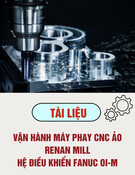
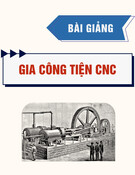
![Tài liệu huấn luyện An toàn lao động ngành Hàn điện, Hàn hơi [chuẩn nhất]](https://cdn.tailieu.vn/images/document/thumbnail/2025/20250925/kimphuong1001/135x160/93631758785751.jpg)
